kuniga.me > Books > An Arid Eden
An Arid Eden

This is a memoir by Garth Owen-Smith (22 February 1944 – 11 April 2020). He was a South African of English descent who spent considerable time in Namibia, in particular the Kaokoveld, working as a conservationist.
I bought this book because I went on a trip to Namibia and wanted to learn more about its history. I couldn’t find any good books specifically on the history of Namibia, but this memoir showed up in searches and was well rated.
Ironically, the Kaokoveld, in the North West of the country, was one of the places I didn’t visit, but Owen-Smith spends time in other parts of the country that I did visit, such was Swakopmund and Etosha National Park.
The main theme of the memoir is Garth’s conservationism efforts, using a radical (and often unpopular with the government and some NGOs) strategy to involve the local community in helping preserve the wildlife by stopping poaching and illegal hunting.
Helped by his efforts, Northwest Namibia went from almost being devoid of wildlife in the 70-80s to a thriving tourist destination (wildlife sightseeing and legal hunting) which contributes to the local economy.
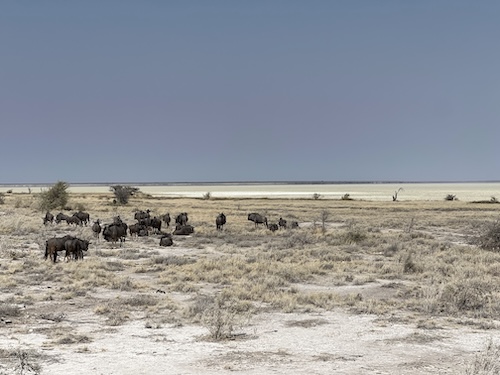
History
South Africa
Garth was from South Africa, Durban, in the KwaZulu-Natal province. He provided several personal accounts of the Apartheid rule. Garth often ignored them and was reprimanded while working there.
Boers and Voortrekkers. The Boers were the descendants of Dutch settlers, who spoke Afrikaans (a descendant of the Dutch language). When the British empire colonized South Africa, many Boers decided to migrate inland, creating the independent Boer republics of Transvaal and the Orange Free State. This mass migration, around the mid 1800s, was called the Great Trek.
After this first migration, there was another wave, due to internal dissent from the Transvaal to Southwest of Angola. These expeditions were known as the Dorsland Trek (Thirstland Trek). Around 1930, they eventually left Angola and settled in Northern Namibia, which was then under control of South Africa.
Garth also mentions more recent events in South Africa history such as the Soweto uprising while living in Johannesburg.
Namibia
The book covers a wide range of Namibia’s history, including bits of the German occupation (German South West Africa) from 1884 to 1915.
From 1915 to 1990, it was part of South Africa and called South West Africa (SWA for short). Much of the author’s life was during this regime. Towards the end he was directly affected by events such as the struggle for independence, when SWAPO guerilla members started clashing with South Africa’s miliary (SADF) around the border with Angola where the author often visited.
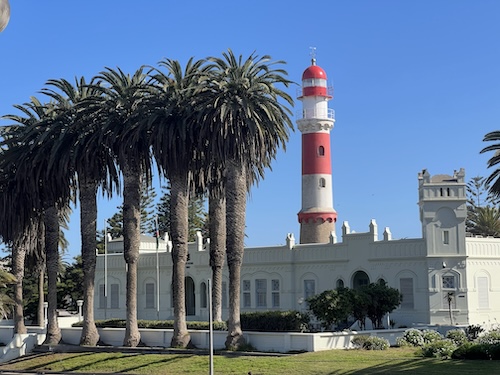
In 1990 Namibia gained independence, and the SWAPO political party was elected democratically. This stabilized the country and had profound repercursion on the conservation efforts (for the better). Garth’s liberal views often got him in trouble with officials from the conservatives of South Africa’s National party.
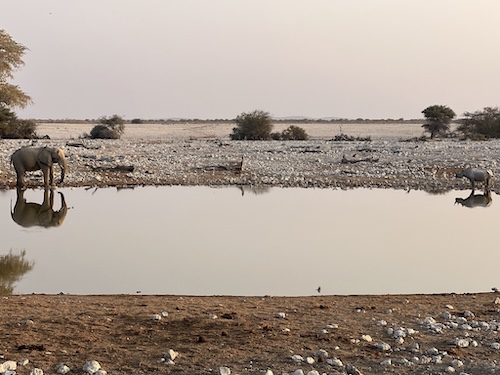
Zimbabwe
Zimbabwe used to be called Southern Rhodesia (named after Cecil Rhodes). In 1964 Northern Rhodesia gained independence from the British and was renamed Zambia. In 1965 Ian Smith, the prime minister of Southern Rhodesia decided to do the same, unilatery, governed as a white minotiry. As part of the process he renamed the country to simply Rhodesia.
This caused the political parties ZAPU (led by Joshua Nkomo) and ZANU (by Robert Mugabe) to start a armed insurgency, with guerrilla forces being supplied by Zambia and Mozambique.
Around this time Garth got a job as a cattle manager at Liebig’s ranch, a meat company that operated in Zimbabwe. During his time there he learned from Allan Savoy the technique called Short Duration Grazing (SDG), which consisted in concentrating cattle to graze in a small area, but only during a short period before moving to another area.
This would be useful later during his life where he had to convince Namibian locals, who were cattle herders, to use this technique, to prevent exhausting pasture, an outcome detrimental to both them and the wildlife that shared these resources with their cattle.
In here Garth also had first-hand experience with the struggle for independence. Several of his fellow ranch managers were killed in ambushes. In one of the most fascinating parts of the book, Garth himself was ambushed by a guerilla group and his life was spared because he was known to look after his black employees (differently from most of his fellow managers), and since the guerilla fighters were from the same village as his workers, his fame had spread.
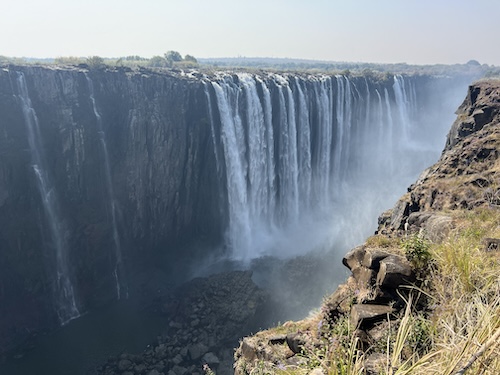
Other Countries
Garth briefly mentions the civil wars in Angola, which had devastating effect for the wildlife in the border with Namibia.
During his youth, Garth tried to travel across Botswana by bike trying to find a job. He mentions the independence in 1966 and is told that since then it was now difficult for a white man to find a government job, since they lost priviledged access.
He also retells the history of Herero. They were Bantu speaking agro-pastoralists that migrated to Southern Africa around the 16th century. Some settled near the Ruacana Falls and became the Ovambo Nation.
Others migrated east to today’s Botswana and were known as Mbanderu, where they clashed with the Tswana-speaking BaTawana, who had also recently migrated. The Mbanderu moved to the dry savannas west of Lake Ngami and the BaTawana along the southern edge of the Okavango Delta.
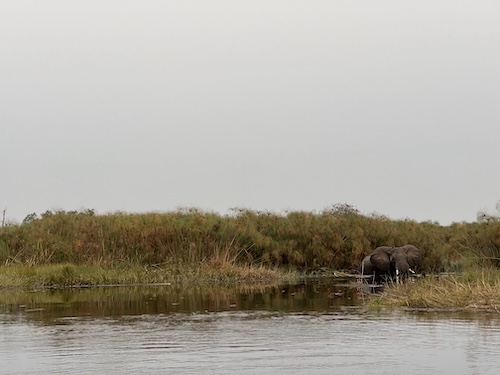
Other Topics
Ecology. Garth explains in technical terms some ecological cycles, mainly to provide justification for the Allan Savoy’s SDG technique.
Rhino Horn and Ivory Trading. The author provides interesting insights on the black market for rhino horns and elephant tusks. Rhyno horns are believed to have healing properties in East Asian traditional medicine, so a lot of the end market of poaching are in East Asia.
International sale bans were agreed on by many countries, however one country was exempt: Taiwan, which is not recognized as a country in many parts of the world and is also left out of treaties. The black markets used this as a loophole.
Another interesting discovery by Bradley Martin was that since oil was found in Yemen, many people got wealthy, and they started affording jambiyas (adorned daggers) which are often adorned with ivory.
My review
Overall this book has a wealth of interesting stuff about Southern Africa. The part I found most annoying is the amount of people who are mentioned in the book. There are at least 100 different names, with people he mentions once and then 200 pages later refers back to them. There’s an appendix with an index of all these people, indicating the pages in which they appear. Much appreciated but also highlights the issue.
I had the same grievance with Mandela’s biography, Long Walk to Freedom - there was just too many people. I can understand the desire of these authors to acknowledge all the people they met in life, and I’m sure these people were more important to them then they are to me.
One part I found boring was the detailed accounts of his game counting. At times it felt like a technical report.
Overall 4/5. I’d rather have chosen a more history-centered book.